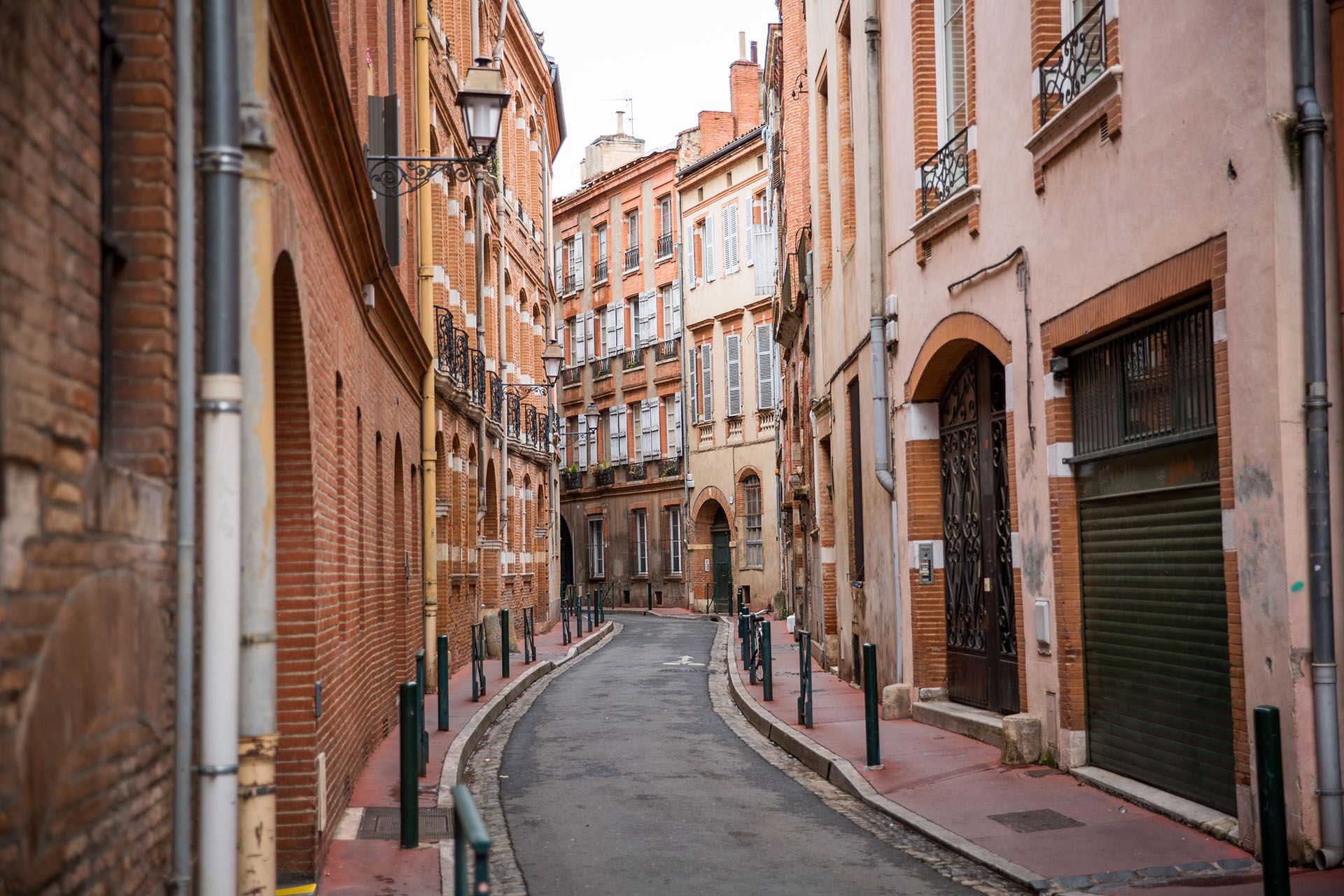Food and drink
In France, meals are more than just a way to stay fed—they’re a big part of everyday life. Eating tends to be social and unhurried, with a structure that’s been around for generations. A typical meal starts with appetizers (hors d’oeuvres), followed by a starter (entrée), then the main dish (plat principal), cheese, and dessert. Bread and wine usually stick around throughout the whole thing.
Lunch used to be the biggest meal of the day, especially in rural areas, but these days dinner often takes that role, particularly in cities. One tradition that still shows up regularly is the apéritif—a drink and a few small snacks before dinner. It’s a way to ease into the evening and catch up before the main meal. If you're visiting for the first time, be sure to see our guide to how to plan a trip to France.
Wine culture: Wine is part of the rhythm of life in France. It’s tied to where you’re from, what grows there, and how it’s made. The idea of terroir—the land, weather, and soil—shapes how each wine tastes, and that’s something people pay attention to. Champagne is known for sparkling wines, Bordeaux for structured reds, Burgundy for Pinot Noir, and the Loire Valley for lighter whites. Wine might show up as a casual glass with lunch or at a big meal with a bit more ceremony. Tasting wine can be as simple or as detailed as you want.
Cheese: France has hundreds of different cheeses, and people usually have strong opinions about their favorites. From soft cheeses like Camembert to the sharper Roquefort or a firm Comté, each one connects to a certain place and method of making it. Cheese is usually served after the main dish and before dessert, starting with the mildest and working up to the strongest. It’s eaten with bread, not crackers, and often arranged on a wooden board. Small cheese shops (fromageries) are still common.
Pastry: Pastries are a regular part of French daily life. The croissant is probably the most familiar, but it’s just one of many things people pick up from the local bakery. You’ll also find pain au chocolat, fruit tarts, and seasonal desserts like the bûche de Noël at Christmas. Different regions have their own specialties too, like the caramelized canelé in Bordeaux or the buttery kouign-amann in Brittany. Most people stop by the bakery in the morning, and there’s often a mid-afternoon break for coffee and something sweet.















